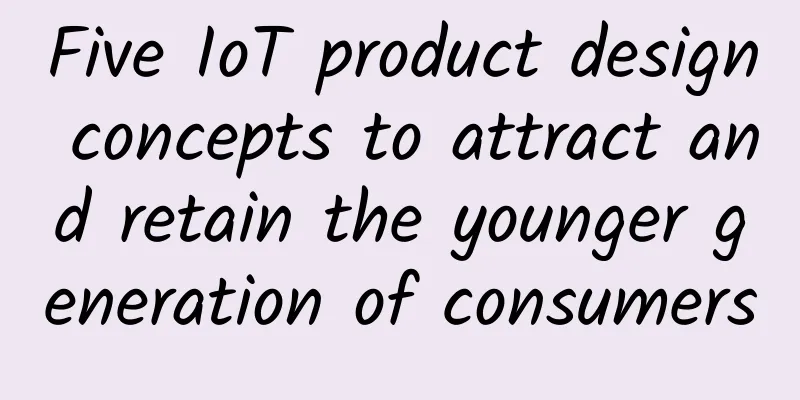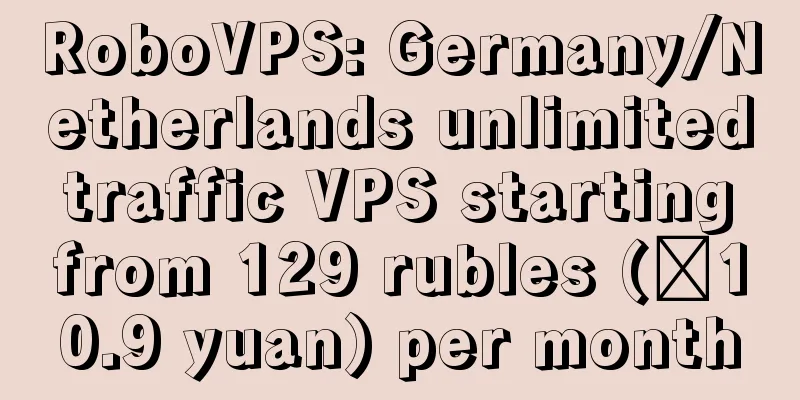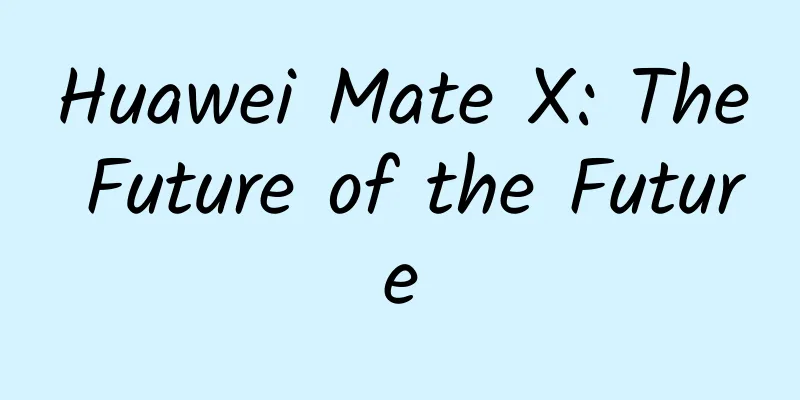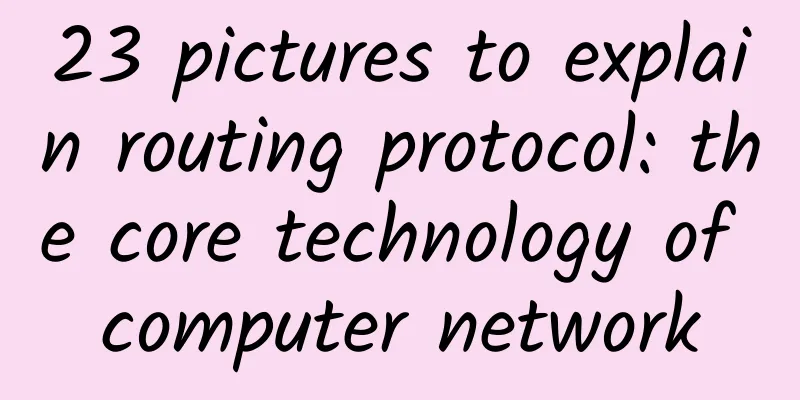Five IoT product design concepts to attract and retain the younger generation of consumers

|
The post-2000s are an emerging generation of consumers, but IoT smart products designed for them, such as smart TVs, wearable devices, and IoT pet trackers, do not reflect this. The post-00s generation is the largest generation in the world today and will soon account for 50% of the global workforce. Big brands are trying to gain a new group of loyal fans, but the difference between the post-00s generation is that they care less about the brand and more about the product experience. In the past, traditional consumer behavior involved reading reviews and buying the product that best met one’s needs. The product was simple, with only a few buttons and instructions. For the post-2000s, this is all starting to change. According to Forbes, they are “subverting traditional consumer concepts”, and many companies are still unclear about how to please post-2000s consumers.
Most of today’s IoT smart products have corresponding apps, which will influence users’ purchasing behavior. Post-00s consumers like to read reviews and do careful research, then download apps to try them out before buying a product. If they like the app and agree with the product-related reviews, they may end up buying the product. But they are easily attracted by other smart products, so a major problem facing IoT product development companies is how to make post-00s consumers keep using the app after downloading it for the first time? When consumer buying behavior changes, many companies haven’t adjusted their strategies in time. We see a lot of apps on the market that are very complex and take time to learn how to use, which can make it difficult to sell the physical products associated with the app because if the millennial consumer doesn’t like the app, they may not buy the related product. Developers need to keep in mind that users download apps for a trial experience—they want to see the real benefits, and they want to see them quickly. As the media reported, more than 80% of applications are used only once before being deleted. The following five key concepts can help companies better design IoT products to increase user adoption, although some of the concepts seem obvious, but many people rush to innovate and ignore these issues. 1. Allow users to experience without any additional conditions A big mistake we often make when developing apps is to require users to register something when they log in to the app. Companies often assume that users have already purchased their product or want weekly updates after signing up. This quickly reduces the number of potential users who are just testing and experiencing the app before purchasing. The best way to learn is through practice. Users don’t want to read a thick product manual before using a product or application. They just want to try it out casually and easily. You might as well use an interactive reading method to let users get close to your application and product. 2. Stay away from indirect competitors Everyone knows who their biggest competitors are, but they often don’t think about indirect competitors. Anyone or anything can distract users from using your app, for example, telling them a confirmation code has been sent to their email, which forces them to launch the email app, is easily distracting. As a developer, in order to increase user usage, you should prevent users from being distracted during use. 3. Promote features and benefits first The application is the best platform to promote IoT products to users, but many companies ignore this point. The application homepage should show the advantages and benefits of the product and allow users to experience and try it out. The first contact with the user is as important as the first date or interview. If a good relationship is established from the beginning, it will be much easier to show the product advantages later. If the first impression is not satisfactory, there will be no chance to show the product advantages to users. Users don’t care about the technological advancement of a product, they only care about how much benefit they can get from it. Instead of using “we have obtained XX patent” to emphasize the technical features of the product, it is better to directly state the fact that customers benefit by using a sentence like “it makes your dog safer and you less worried”. 4. Less is more, simplify Don’t give users too many choices from the beginning. Instead of asking users to choose between 6 different options, give them 2 or 3 so they can make a quick decision. Every extra choice they make will slow down their decision making and make them walk away. Especially in the initial use phase, don’t make users think too much and let them slide from one page to the next easily. Now the function buttons of products can be implanted into the application without appearing on the actual product. This simple and less-is-more concept has begun to dominate the world of IoT products. 5. Bridging the gap between the real and digital worlds In the past, UI designers were primarily concerned with what was happening on the screen, and they never thought carefully about the physical product. For today’s IoT products, bridging the gap between the real world and the digital world is something many companies have not yet done well. This highlights the importance of the entire product design team, which should not only understand user interface and user experience, but also be familiar with industrial design, engineering, and the actual production of physical products. When physical products don’t match digital products, users feel a disconnect between the two. For example, if the physical product has a knob to adjust the volume, but the app uses a slider to adjust the volume, there will be a difference between the two. It is important to make the operation of the digital product consistent with the physical product. Finally, IoT product design should bring a better life to users. If you can do this successfully, it will increase customer satisfaction and make more users continue to use your product instead of giving up after the first try, especially the post-00s, who don’t value products—they only value the experience and the value services provided by the product. |
<<: The development of the Internet of Things depends on technological progress
>>: What does “IPv6” have to do with us ordinary people?
Recommend
The first stop in Beijing won the first prize. The 2017 Sangfor Asia Pacific Tour is committed to "Innovation, Intelligence, Security, Integration, Cloud and IT"
[51CTO.com original article] On March 30, the 201...
Some works of the first 51CTO Developer Competition have been revealed, waiting for you to add to it!
/* Live to change the world Here, every work may ...
[11.11] Hostons: VPS hosting annual payment free double hard disk + double traffic
Hosteons launched a "11.11 Promo - DOUBLE Ba...
Story: Tang Sanzang's journey to the west: the whole process of network communication
In the first year of Zhenguan, Xuanzang formed a ...
AI and 5G ranked as top technology trends for 2022 and beyond
In a survey of 350 chief technology officers, chi...
Huawei Cloud and Microsoft Enterprise Applications join hands to start a new journey of strategic cooperation
During HUAWEI CONNECT 2017, Huawei and Microsoft ...
How to restore blood flow to your brain after a long holiday?
[Original article from 51CTO.com] Hello, my frien...
ITLDC offers 50% discount on down payment, 11 data centers to choose from, unlimited traffic VPS starting from 16.5 euros for the first year
ITLDC has released a 50% discount code for all VP...
Maxthon Hosting: 600 yuan/month Hong Kong Dedicated Server-E5-2630v2/16GB/480G SSD/2IP/CN2 GIA Line
The tribe has shared information about Aoyo Zhuji...
Open source enthusiasts: Windows will be abandoned by Microsoft and become a Linux subsystem
[[344411]] Open source software enthusiast Eric S...
A brief discussion on Telemetry network telemetry traffic analysis technology
·Introduction· With the rapid development of clo...
The Ministry of Industry and Information Technology revised the project plan for industry standards such as artificial intelligence
According to the overall arrangement for the form...
Security monitoring and observability capability building based on system operation experience
Observability refers to the ability to measure th...
Accident review: We duplicated the order ID!
[[428490]] introduce In many business systems, we...
5G and its impact on the Internet of Things
Not surprisingly, the digital world is gradually ...









